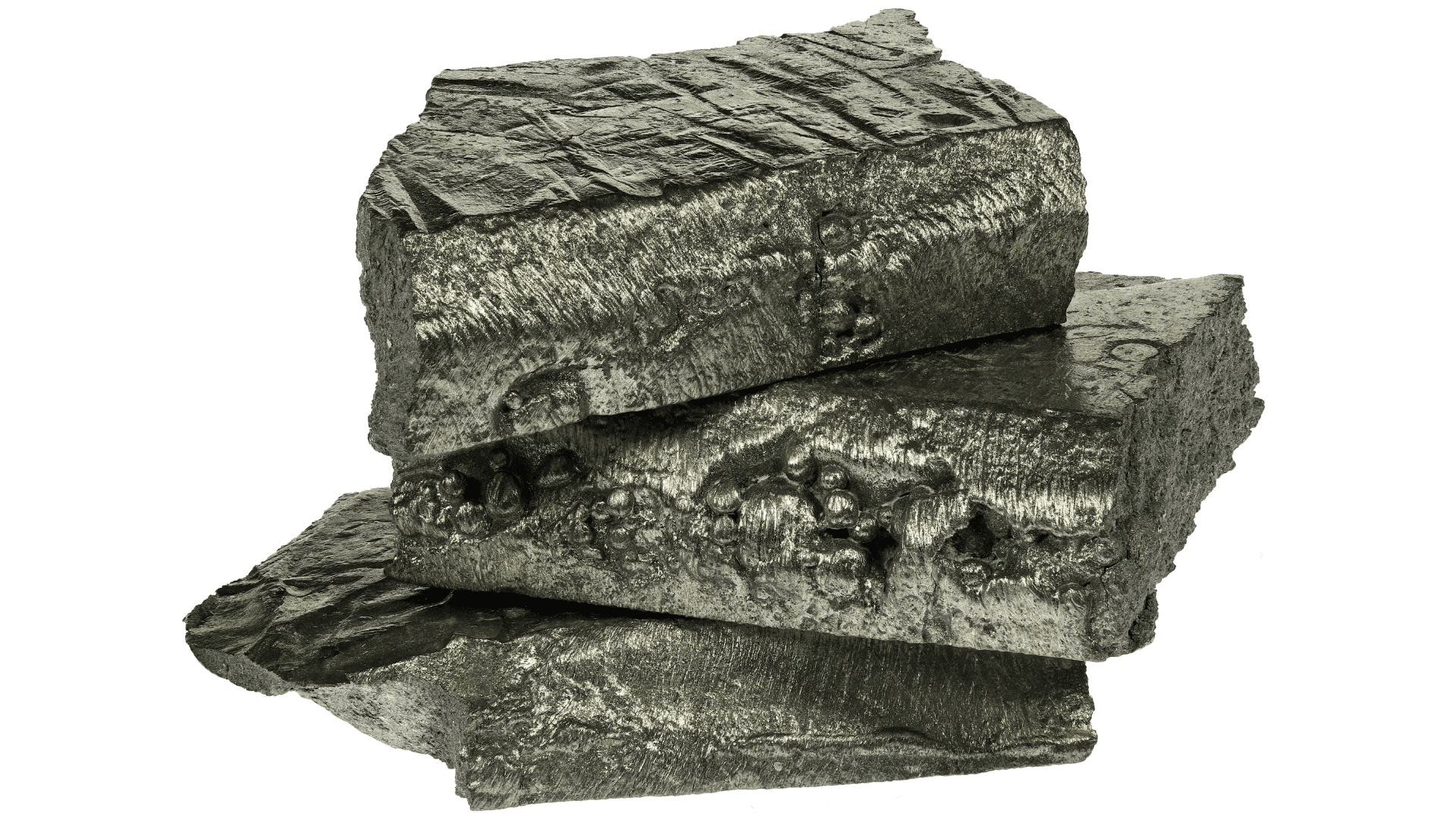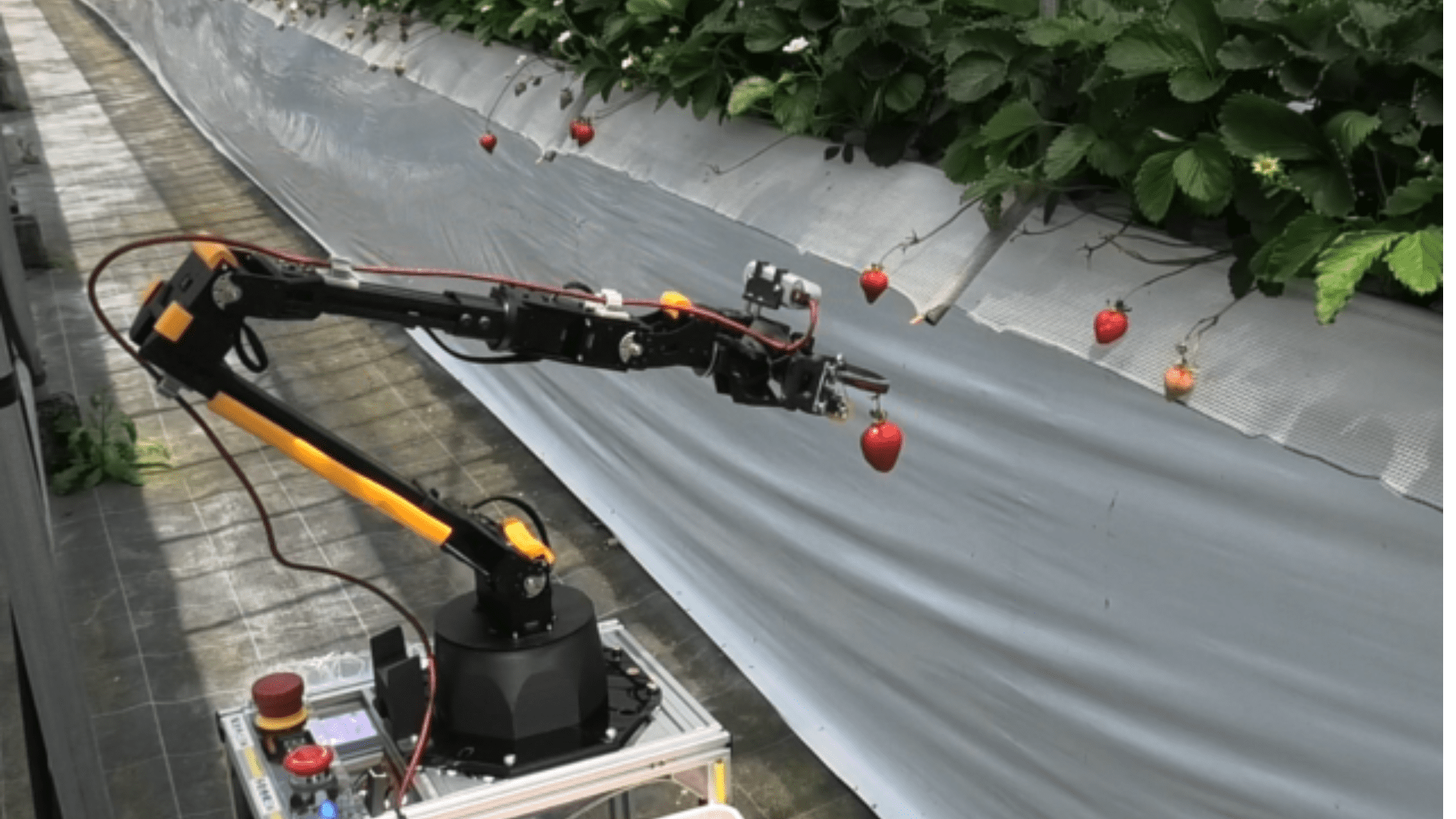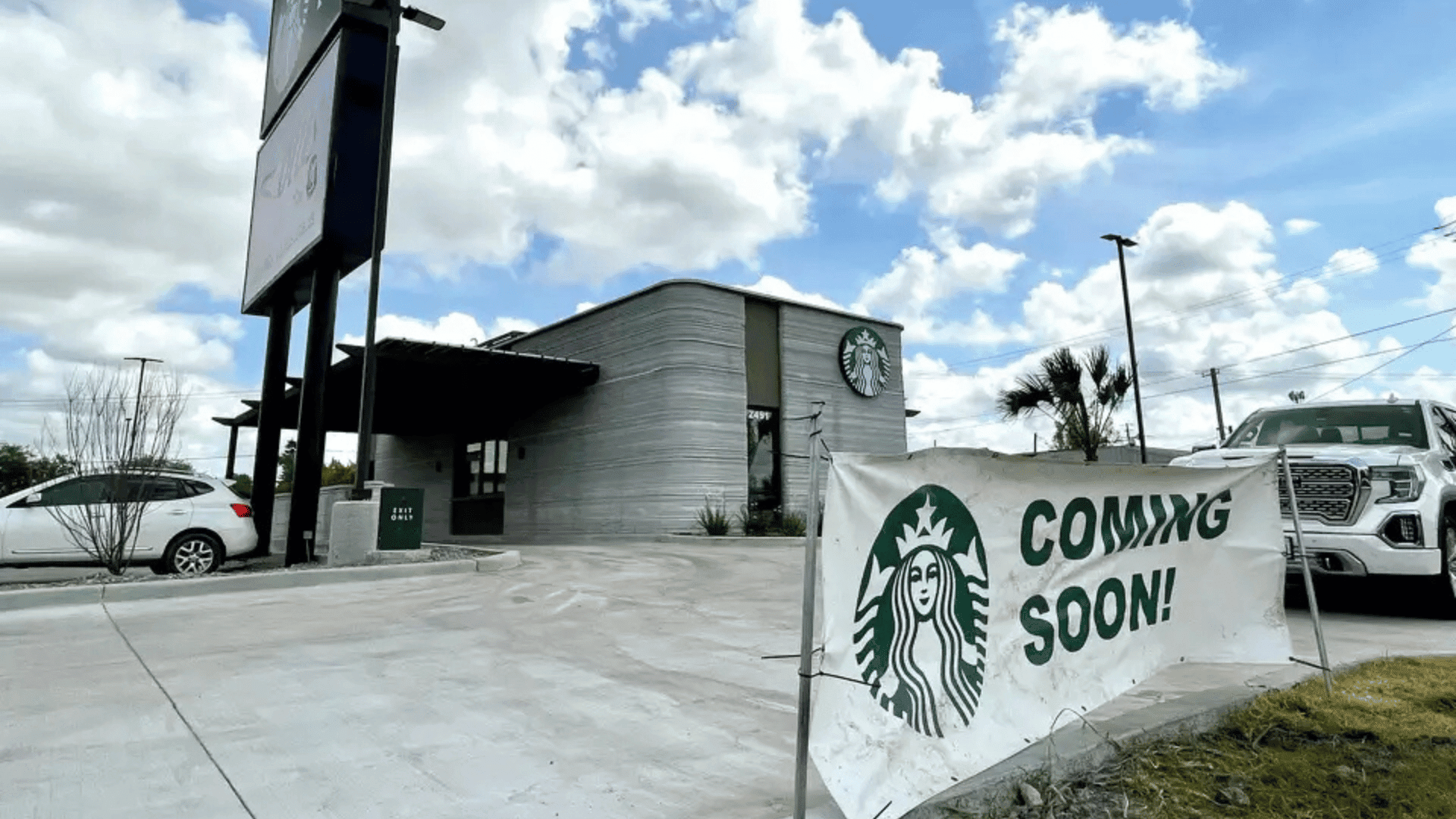As the world transitions away from fossil fuels, the demand for rare earth elements (REEs) will only increase. These elements are vital to producing technologies that will make the transition to green energy possible.
Rare Earth Elements

While REEs are not technically rare, large deposits are found in only a few locations worldwide – and are difficult to extract. “If we want to switch to electric vehicles by 2035 and be net-zero by 2050, we’re going to need new sources of these metals,” said Brendan Bishop, a PhD candidate studying REEs at the University of Regina.
Bishop and his colleagues have been studying one potential new source of these valuable elements: the ash that is produced as waste from coal-fired power plants. Researchers have looked into rare Earth elements in coal waste in the United States and China, but little work has been done on ash from Canadian coal.
The team analyzed samples of ash from coal plants in Alberta and Saskatchewan to determine the amount of REEs in the ashes and how they could be extracted. While the concentration of REEs in Canadian coal ash is on par with that found in ash from other parts of the world, questions remain about whether the REEs are dispersed evenly throughout the ash particles or concentrated in certain minerals within the ashes.
Using the powerful X-ray beamlines at the Canadian Light Source (CLS) at the University of Saskatchewan (USask), Bishop probed the ash in search of a rare earth element called yttrium. They found it was distributed in specific mineral phases within the ash particles, most often in the form of silicates or phosphates such as xenotime, which remain unchanged when the coal is burned.
Modifying Earth Elements
Bishop says this data can help inform the development of an efficient and environmentally friendly process for recovering REEs from the ash. “This will be important when we develop a recovery process because extracting rare earth elements is technologically challenging,” he said. “In this case, since it’s in xenotime, which is an ore mineral, maybe we can use an existing process and modify it for coal ash.”
Bishop says the amount of REEs that could be extracted from coal ash will depend on the recovery process. But he thinks it could be a good short-to-medium-term source of the metals. The concentration is not particularly high, but that is offset by plentiful waste coal ash.
The concentration throughout the ash is also fairly homogenous, so no complicated grading is required as with mined ores. Once the extraction process is perfected, it will also be much faster than opening new mines, which often have gaps of up to 17 years between exploration and production.
Recovering REEs from the ash is also an important step toward a circular economy. Some ash is used in making concrete, but most just sit in landfills or tailings ponds near power plants. “It not only gets rid of an environmental liability, but it also gives us the metals we need for clean energy technologies,” said Bishop.







